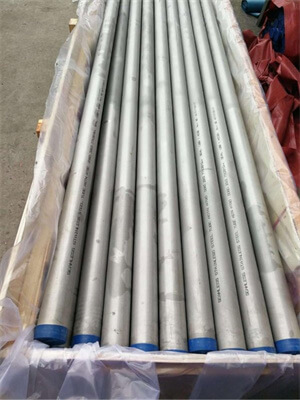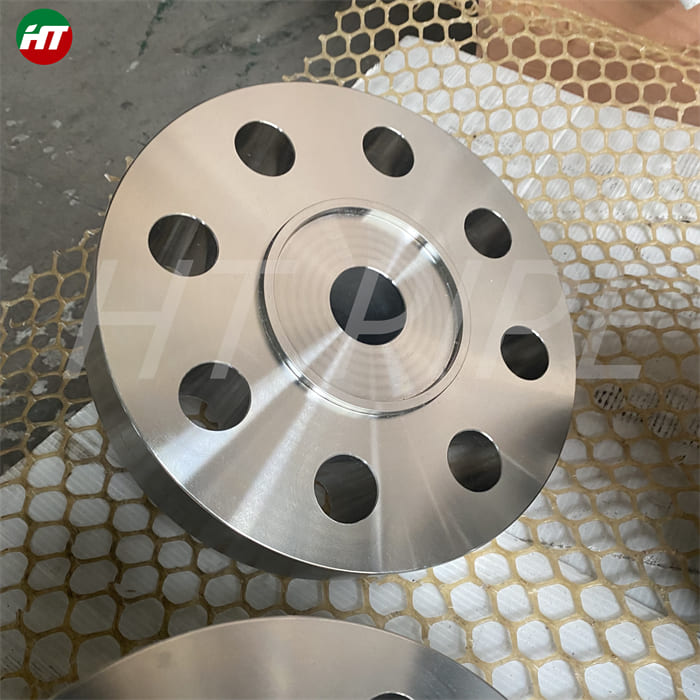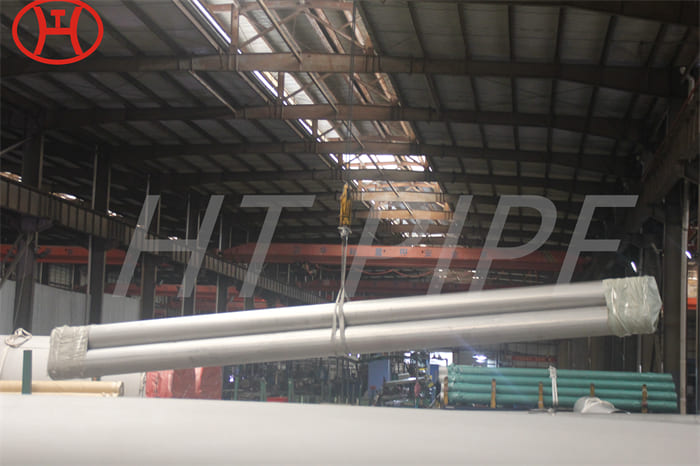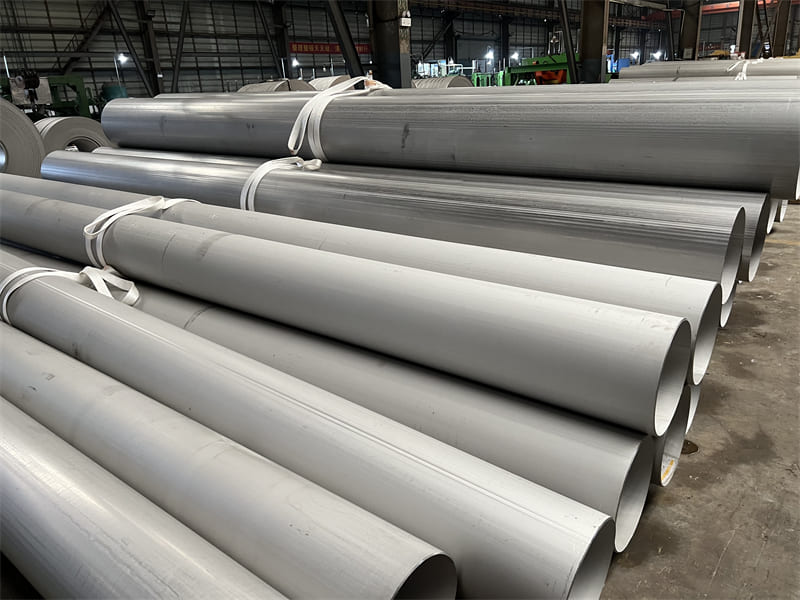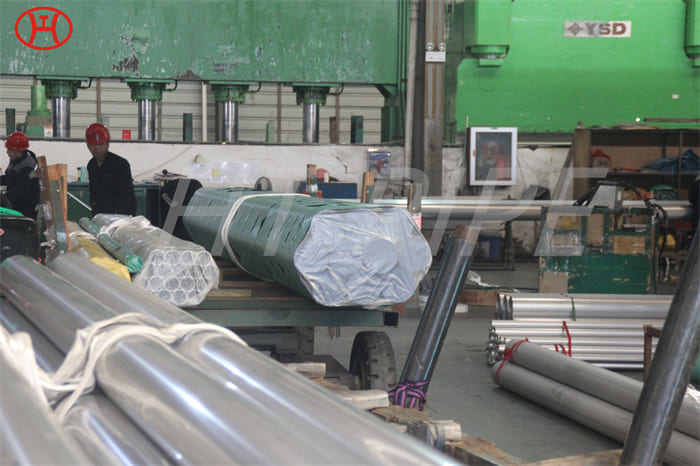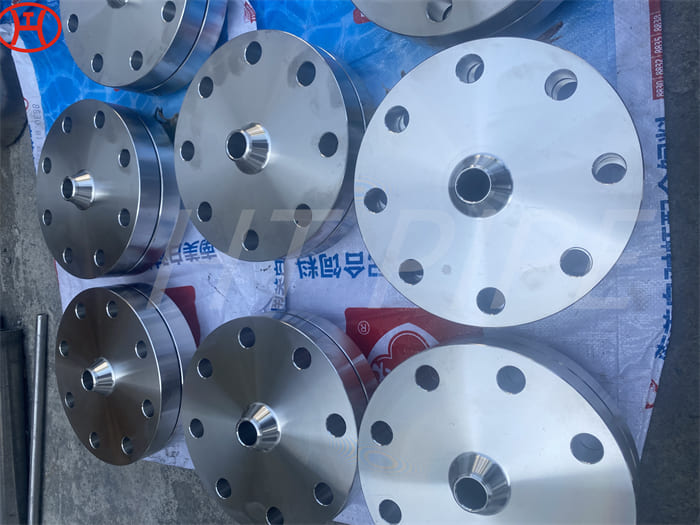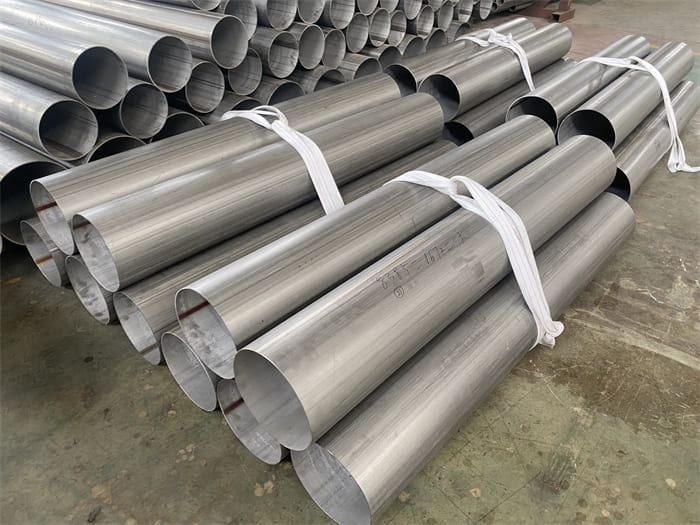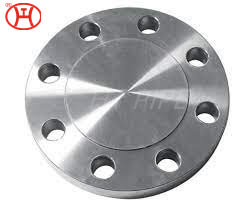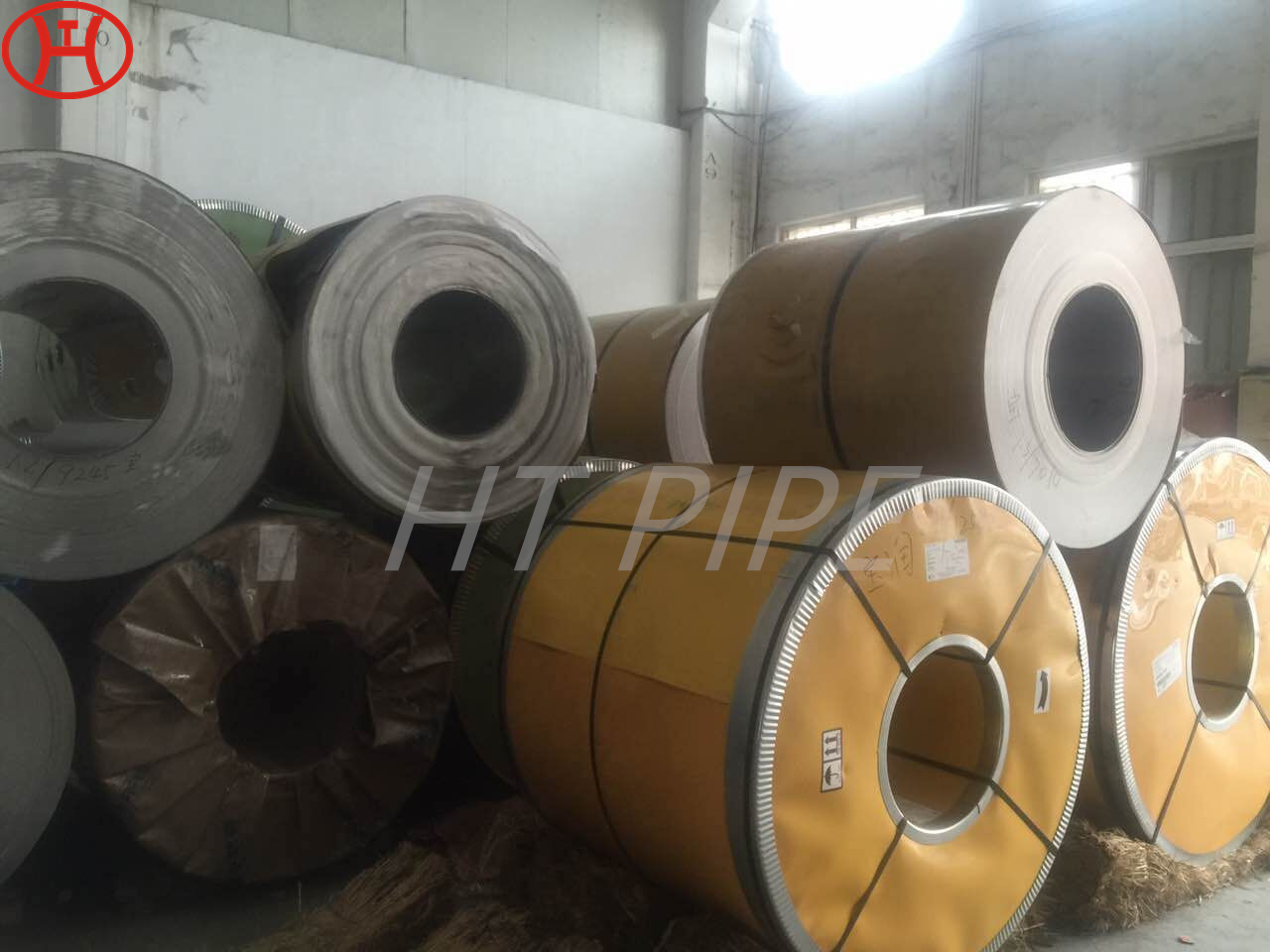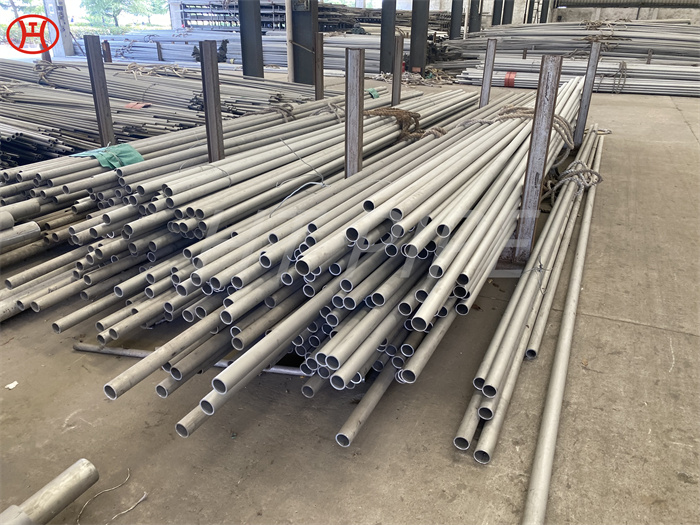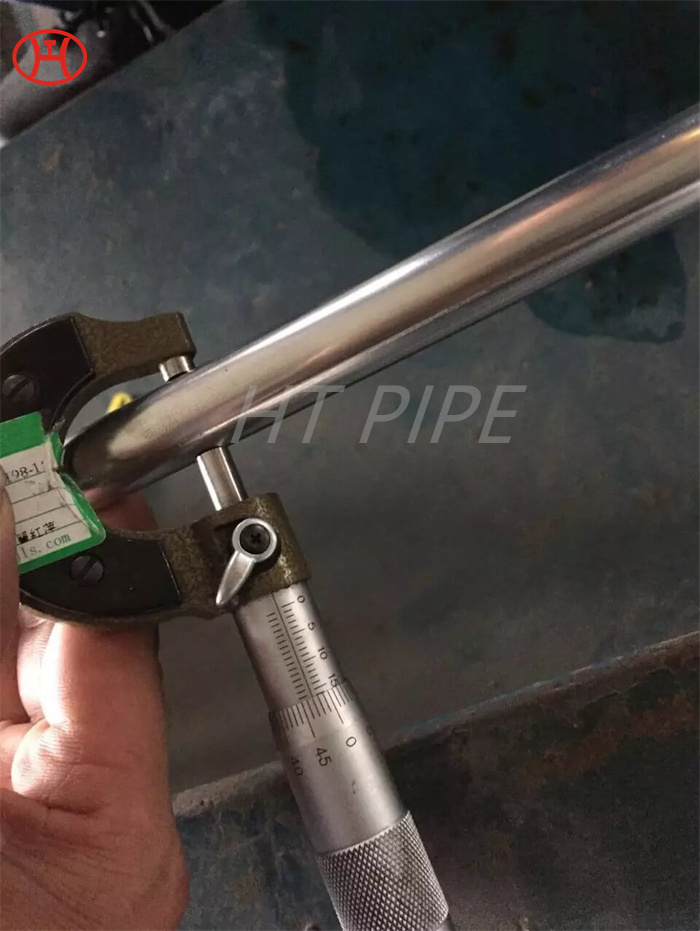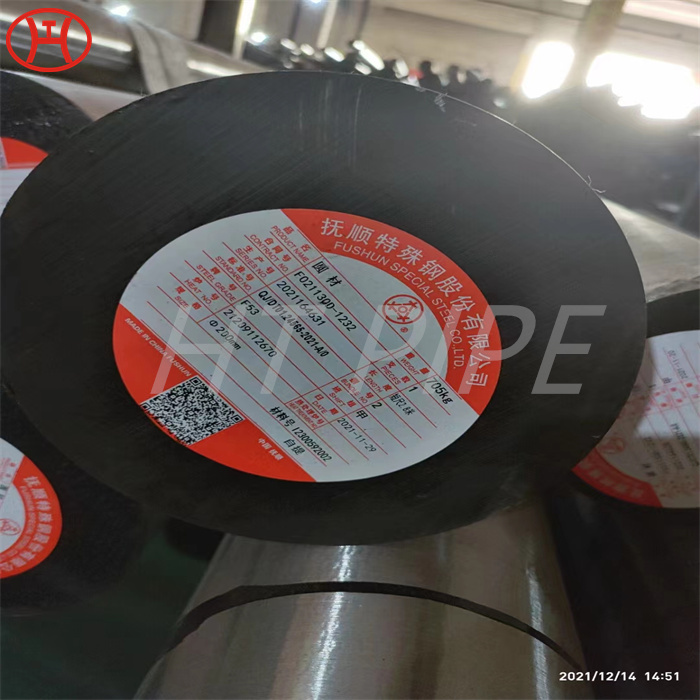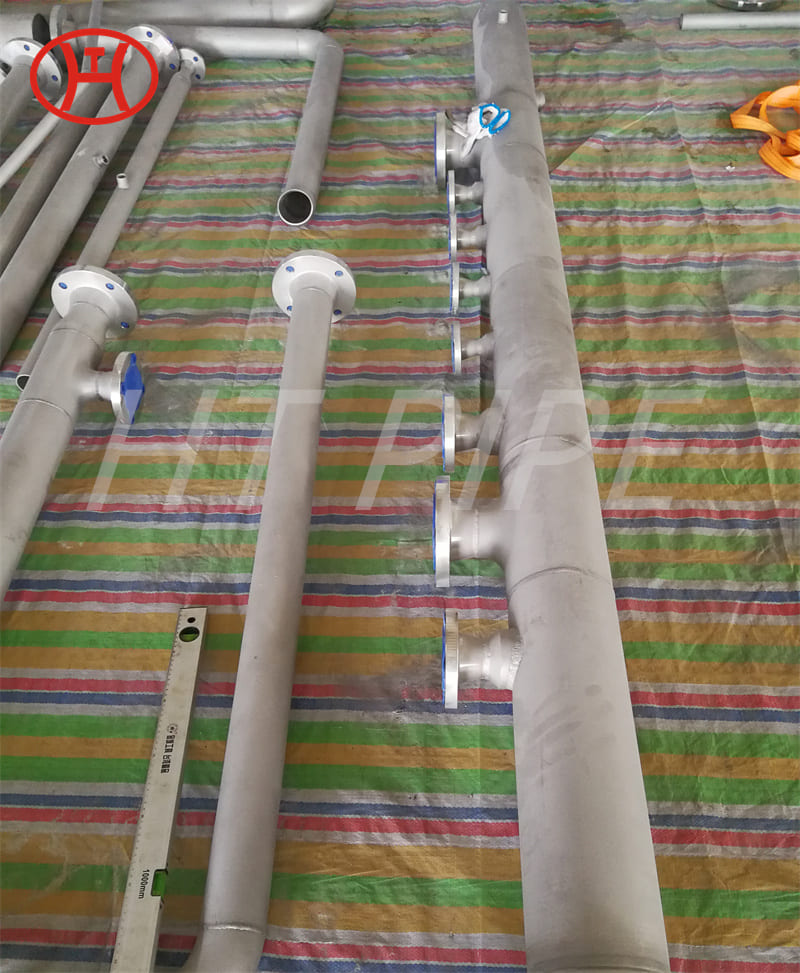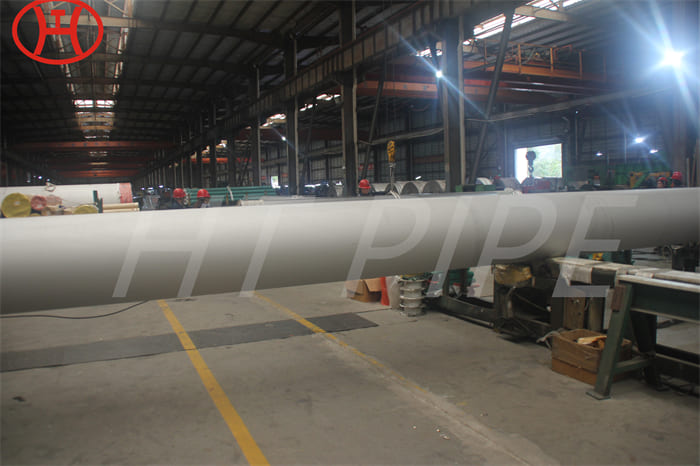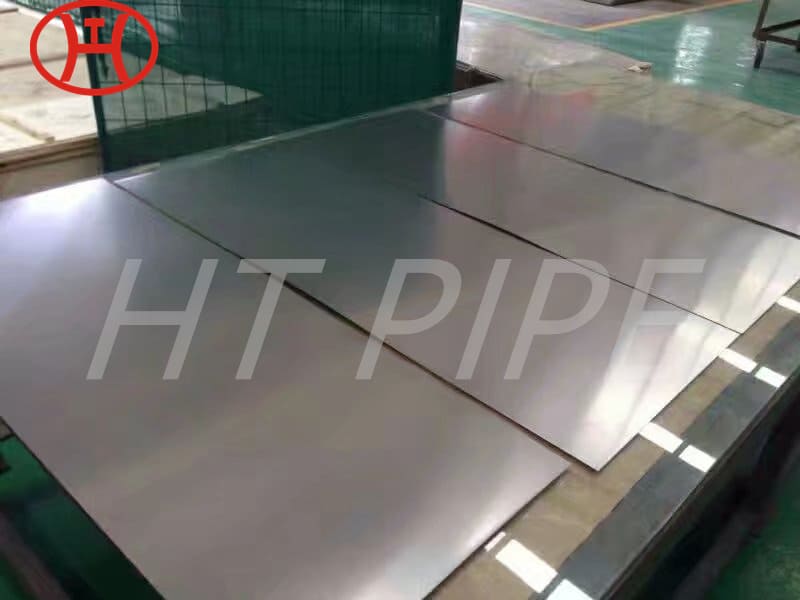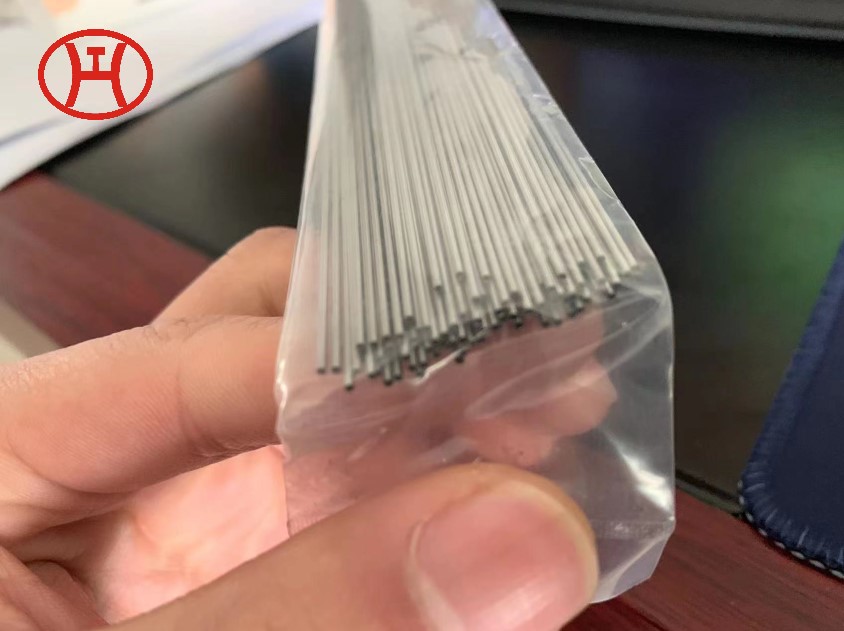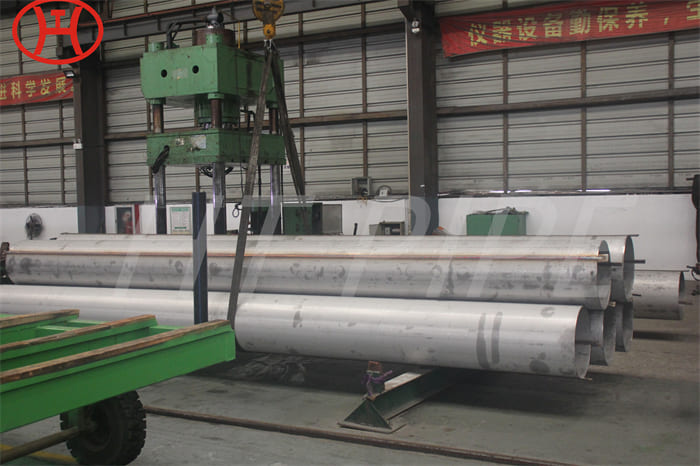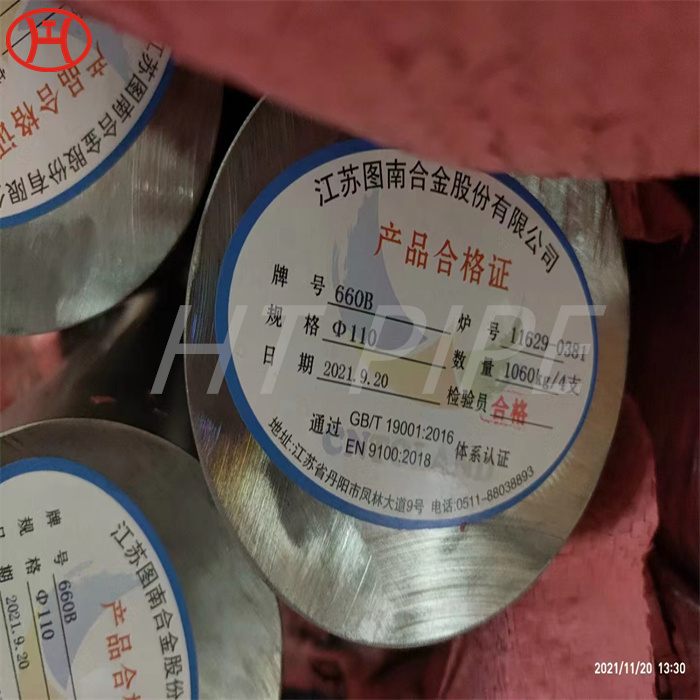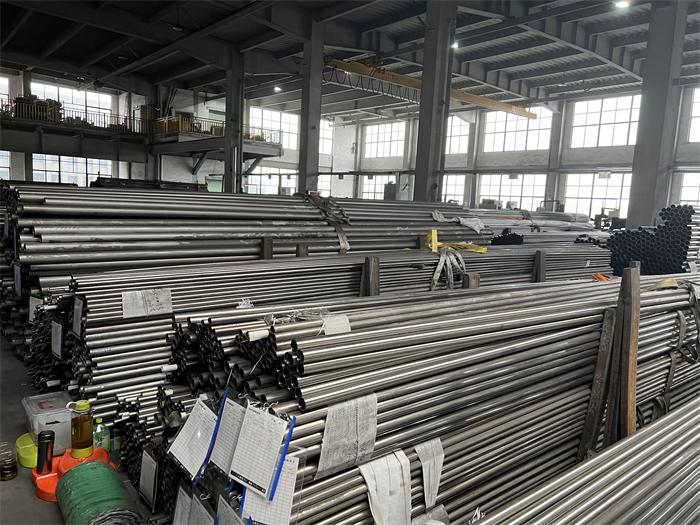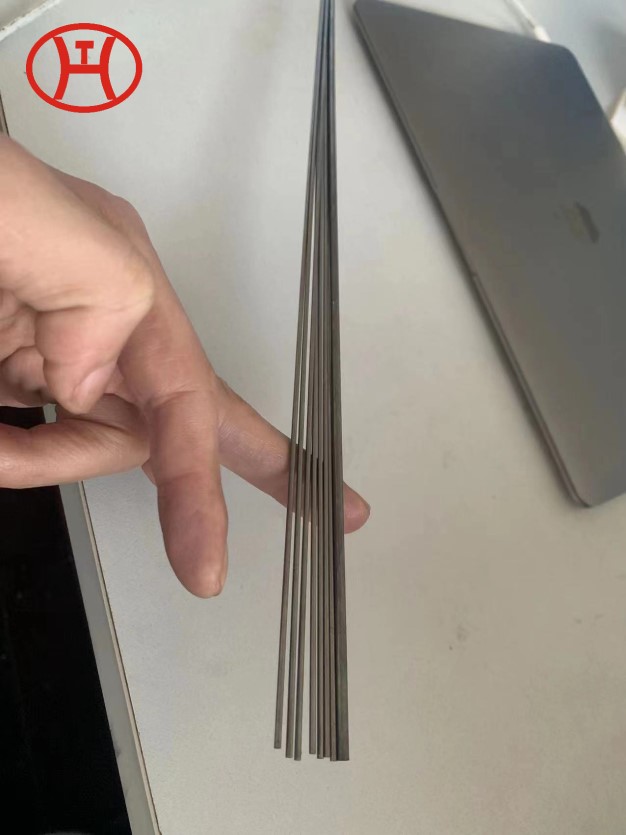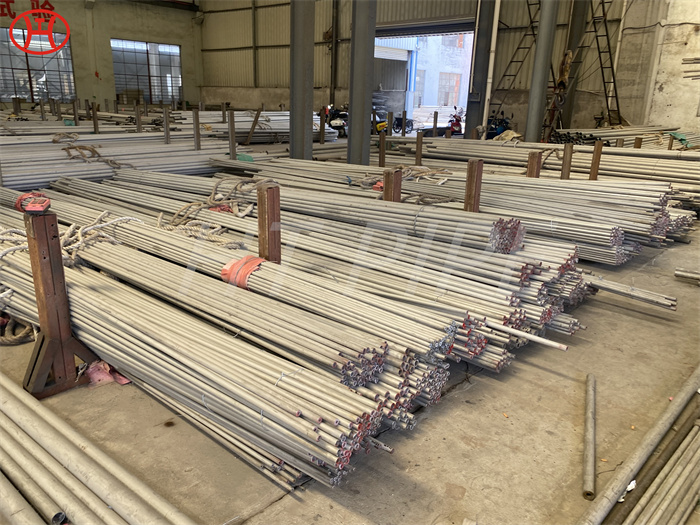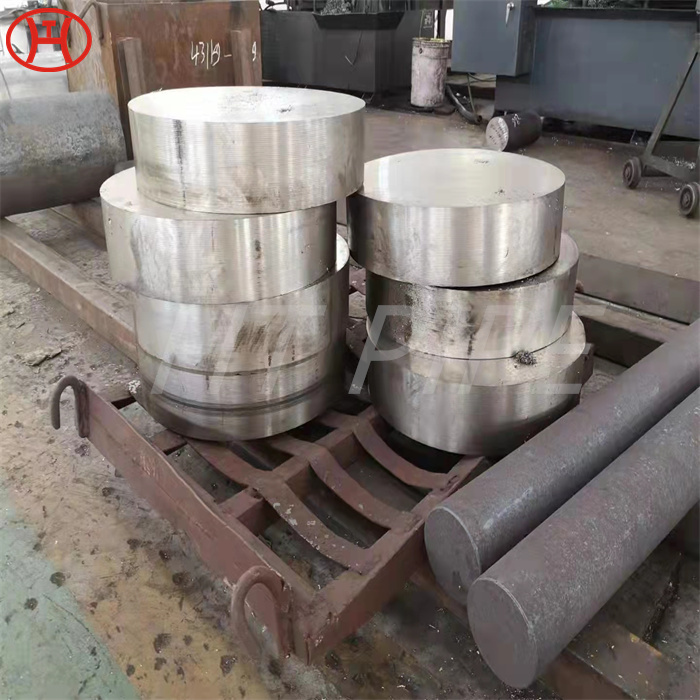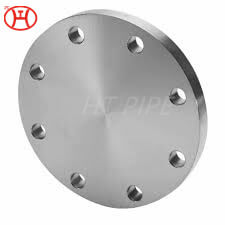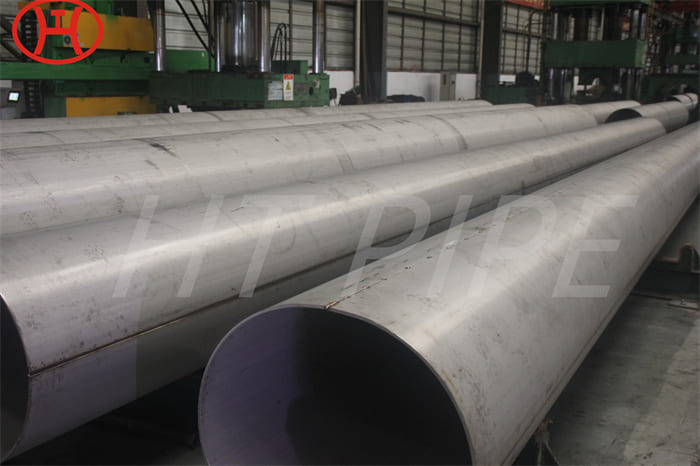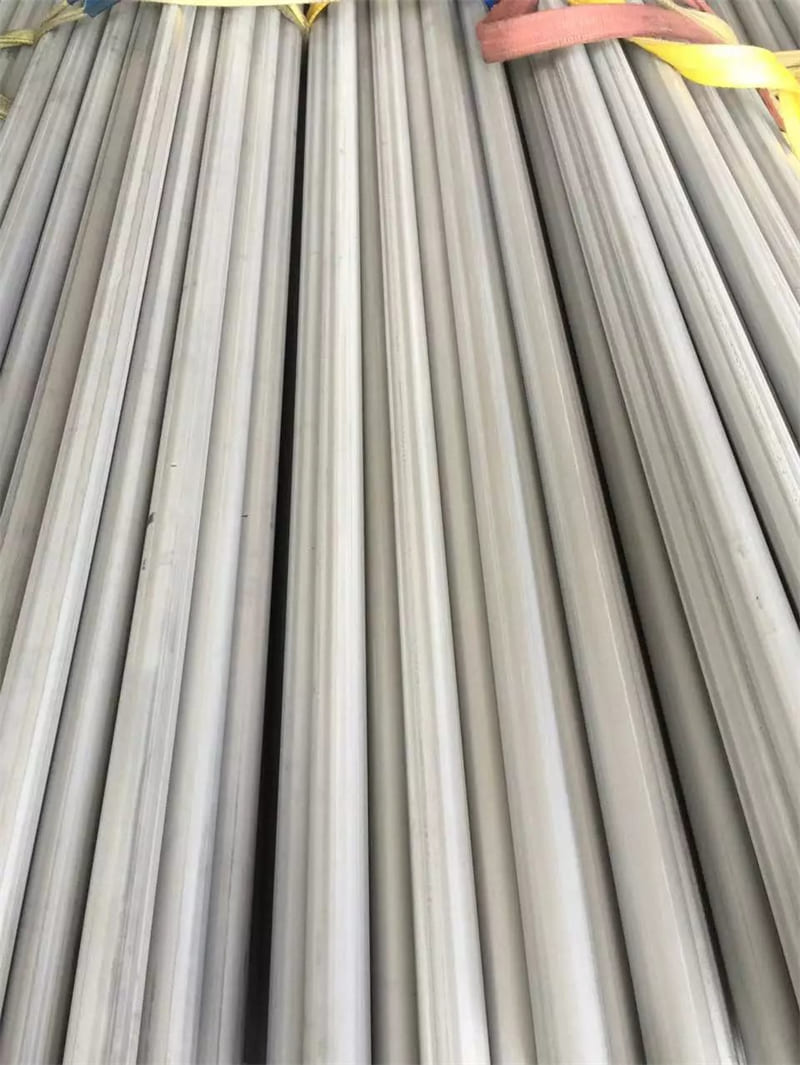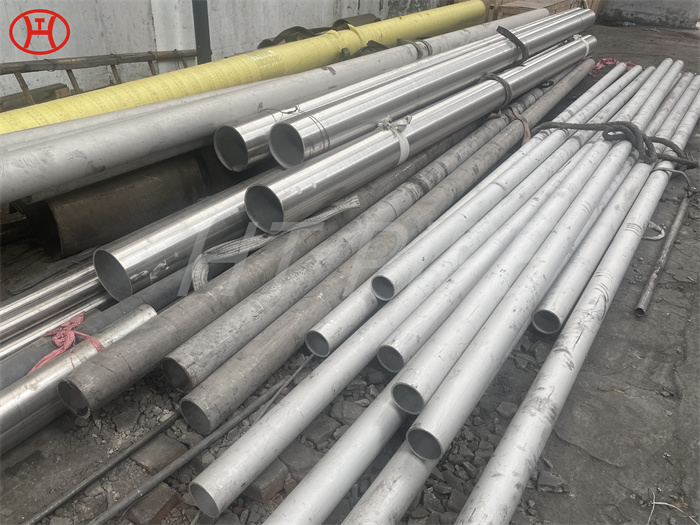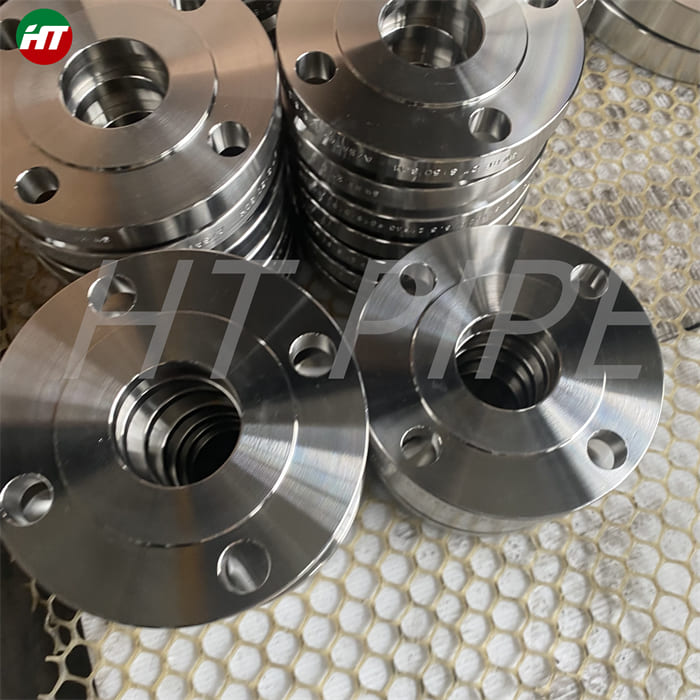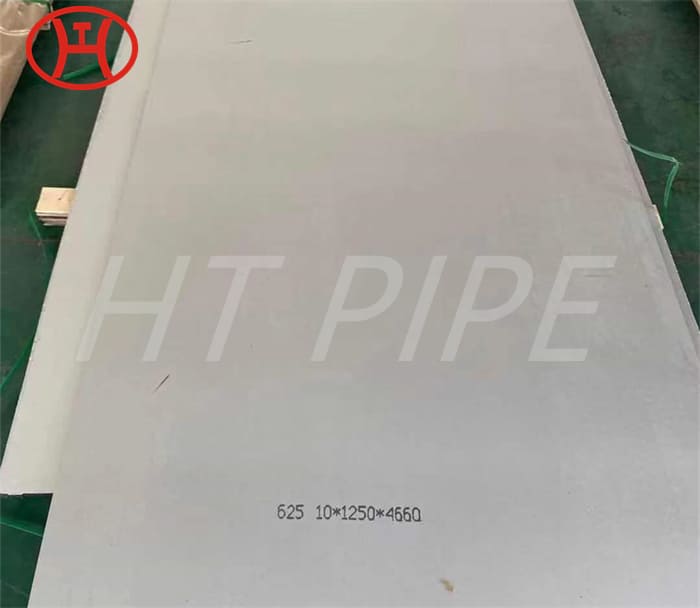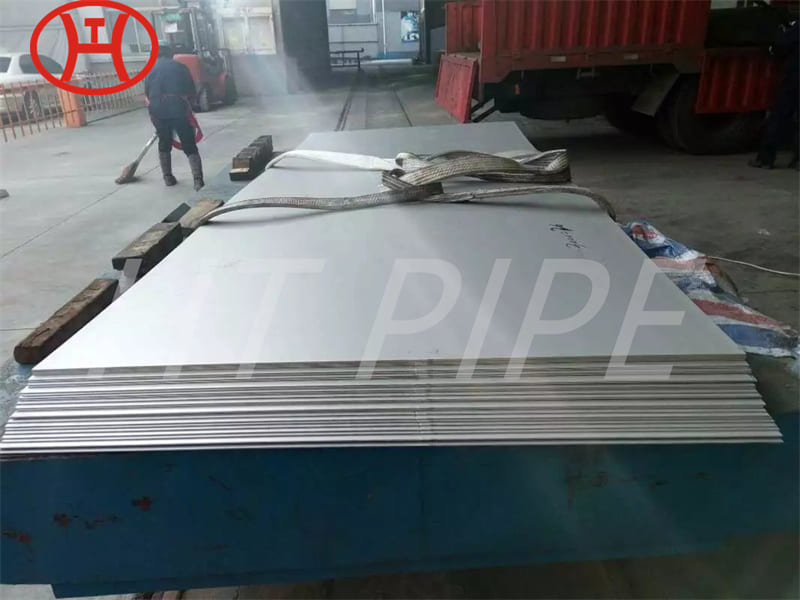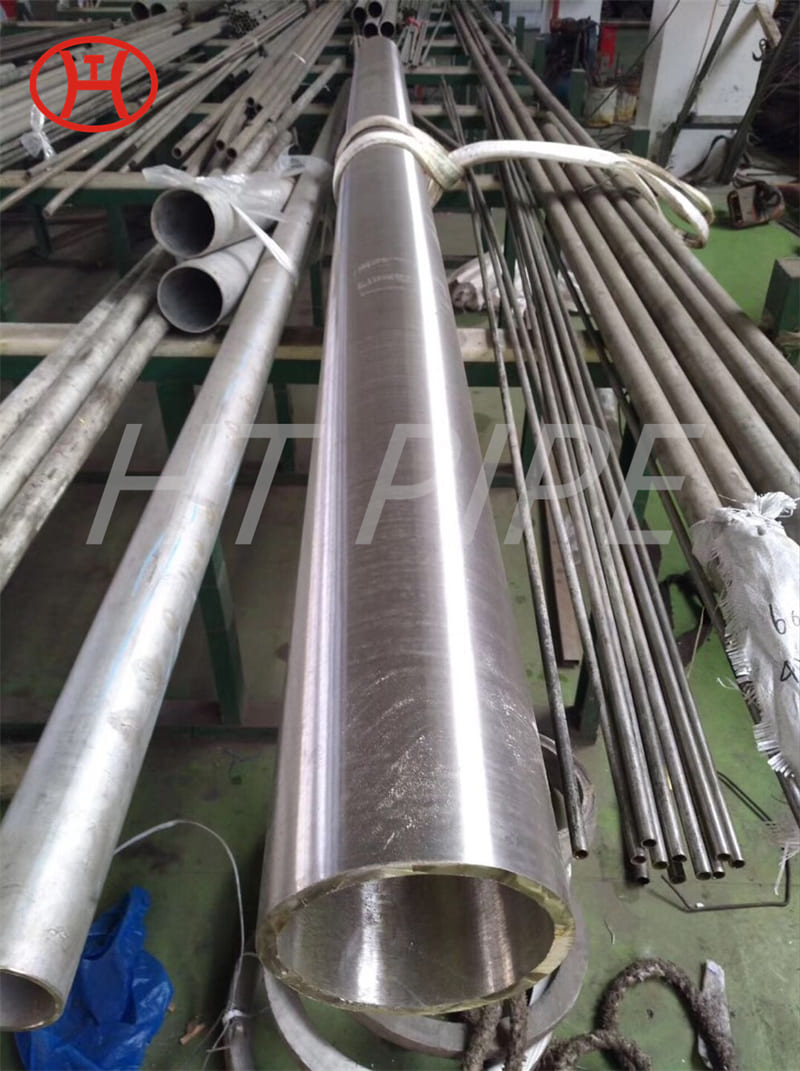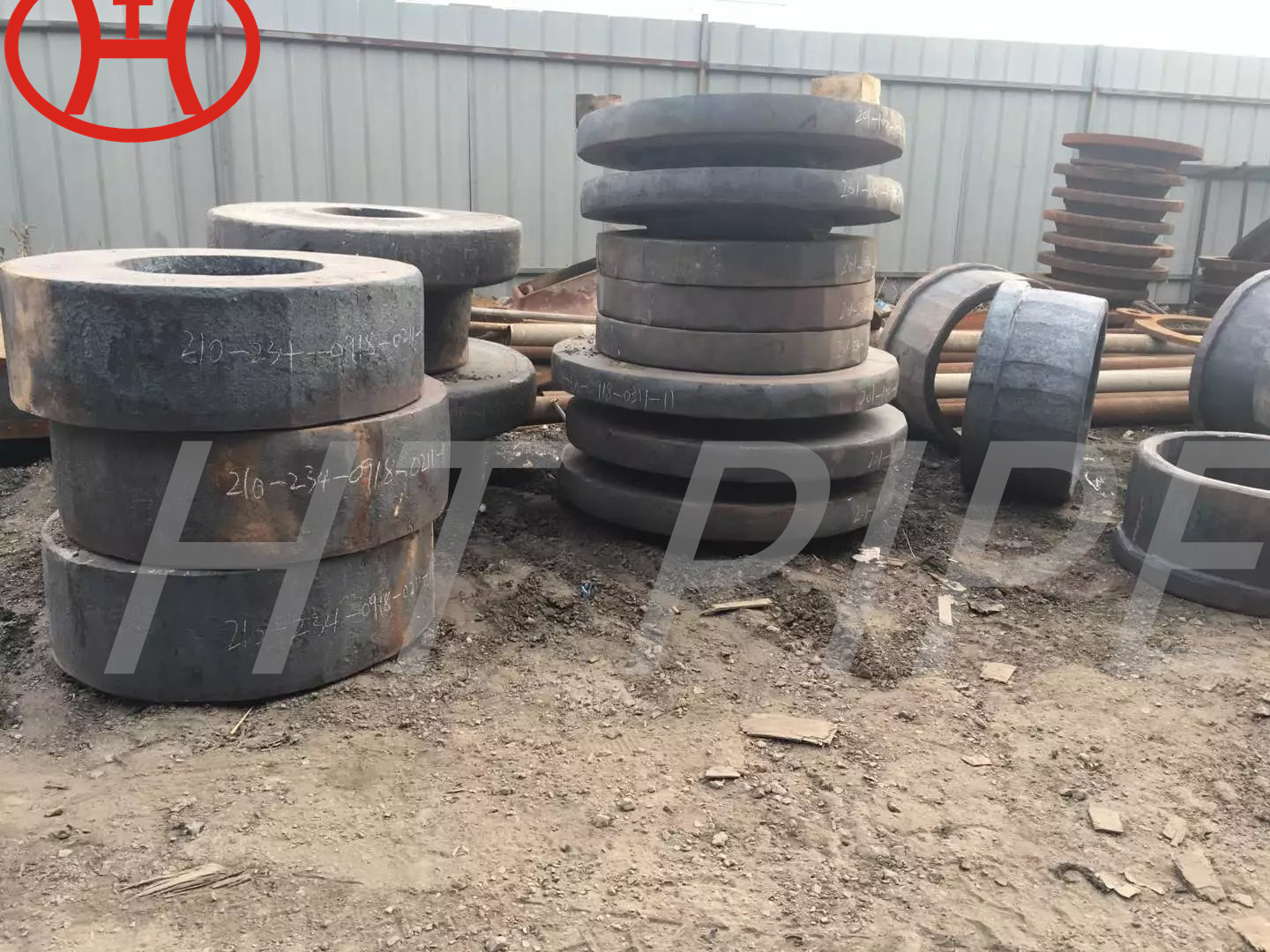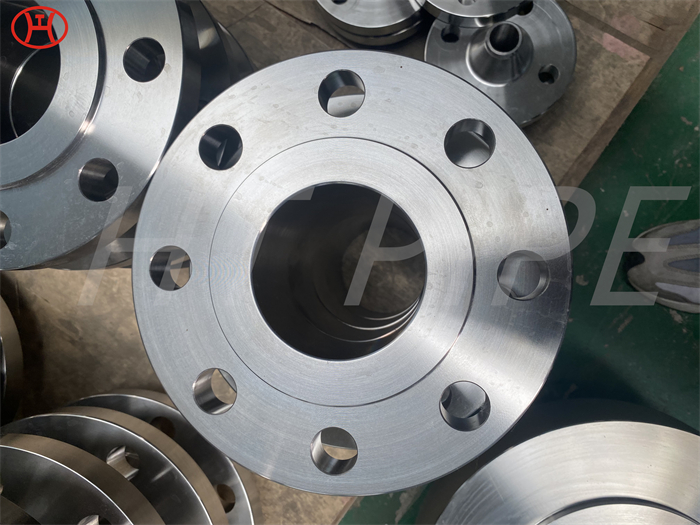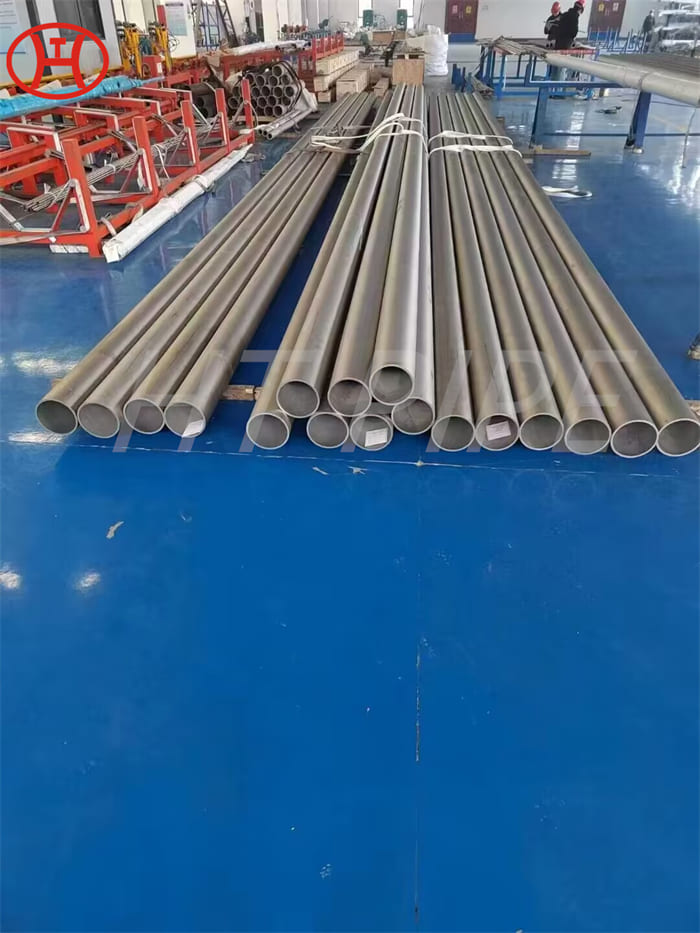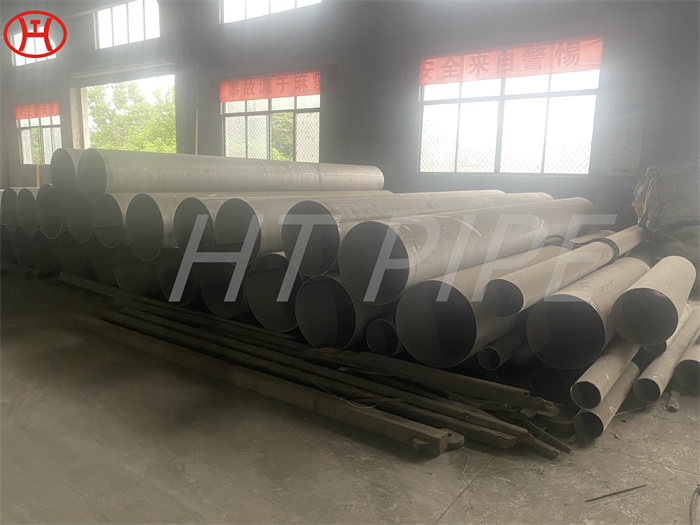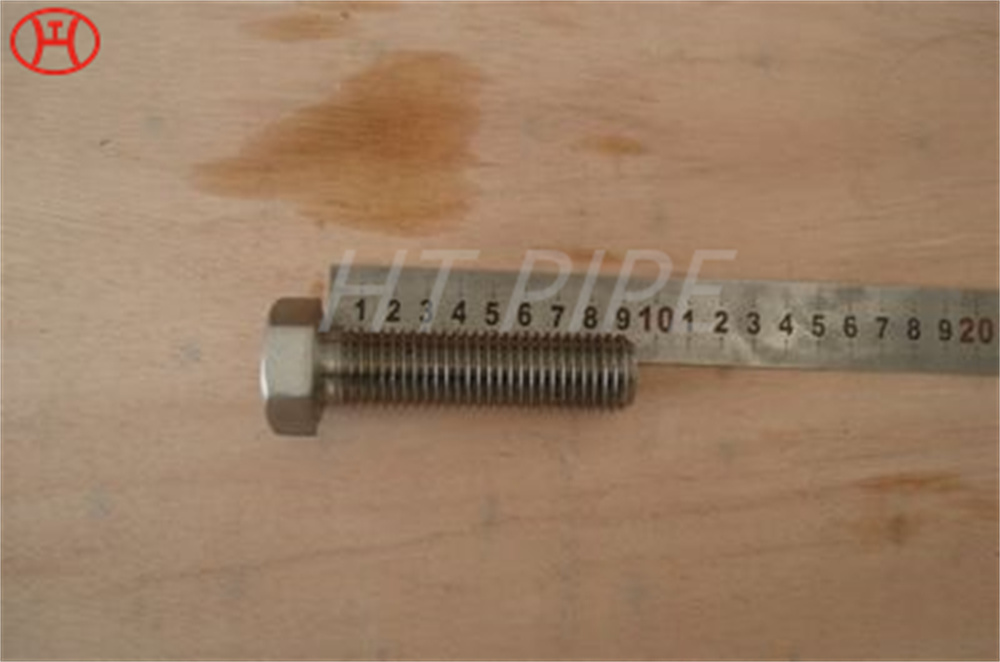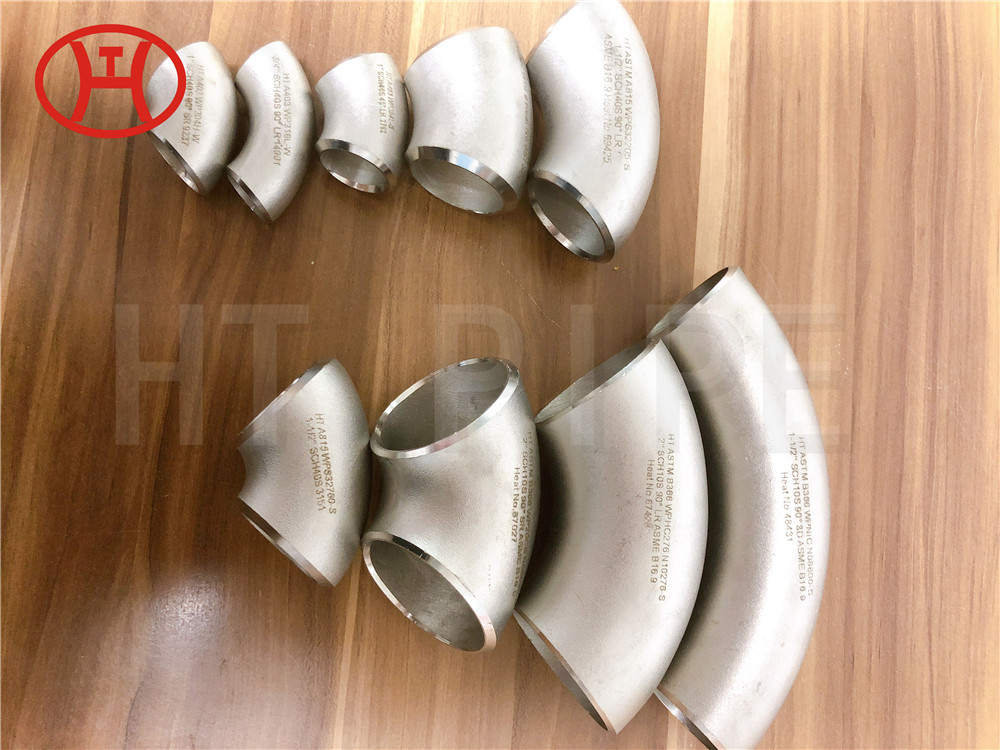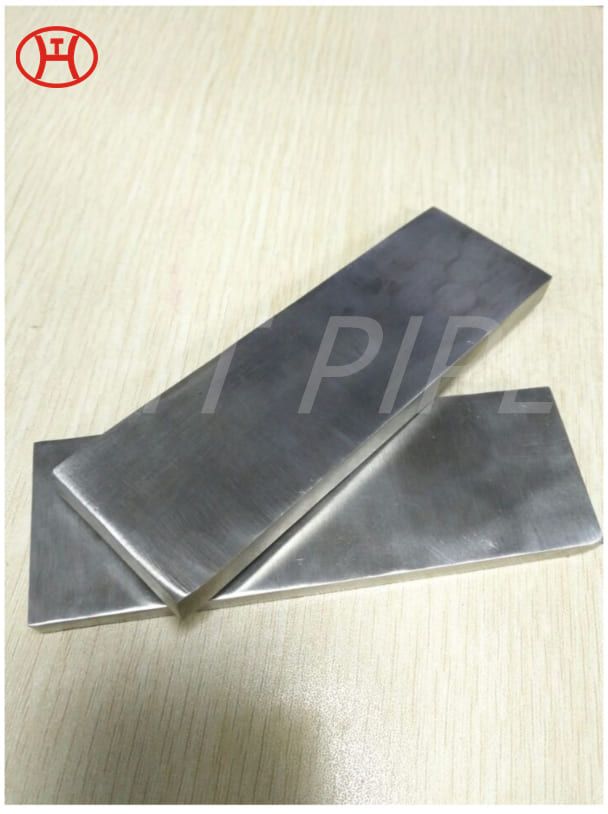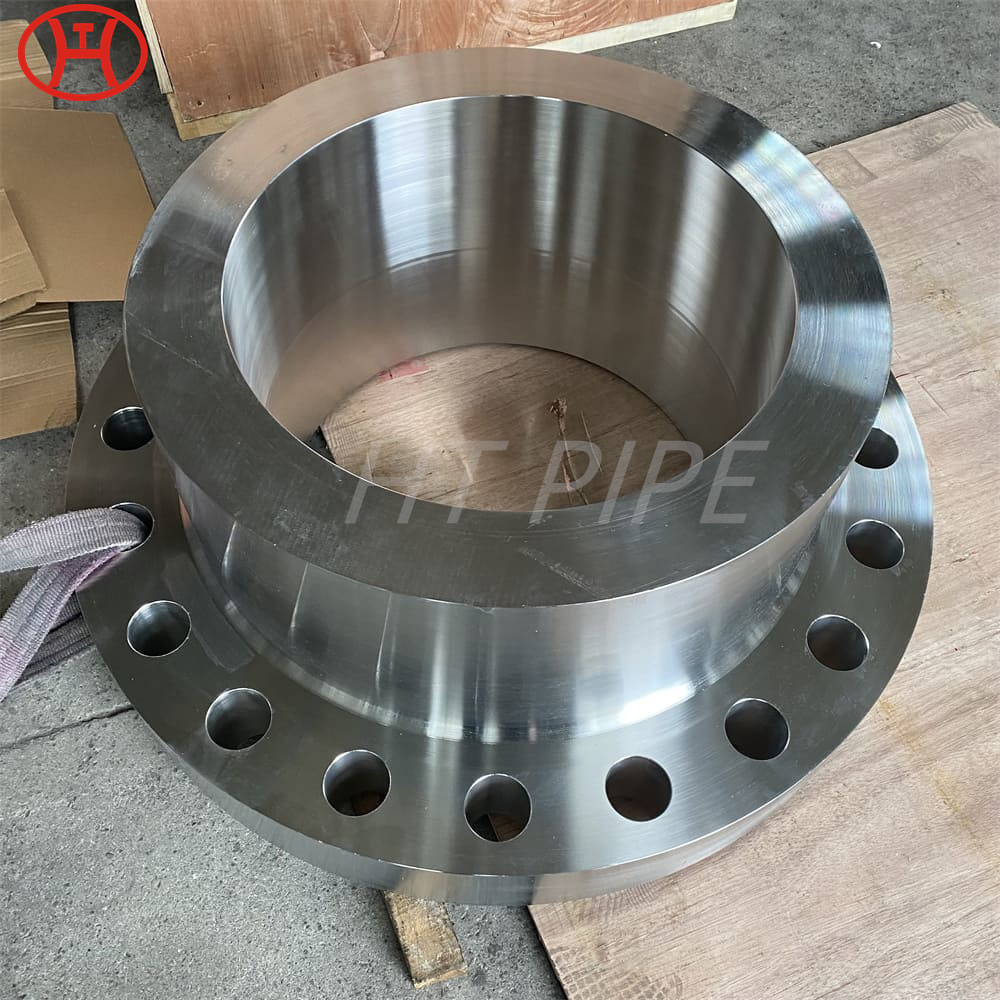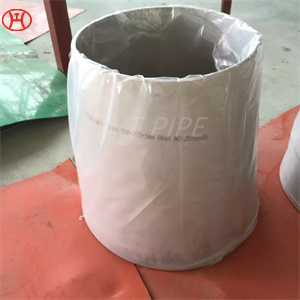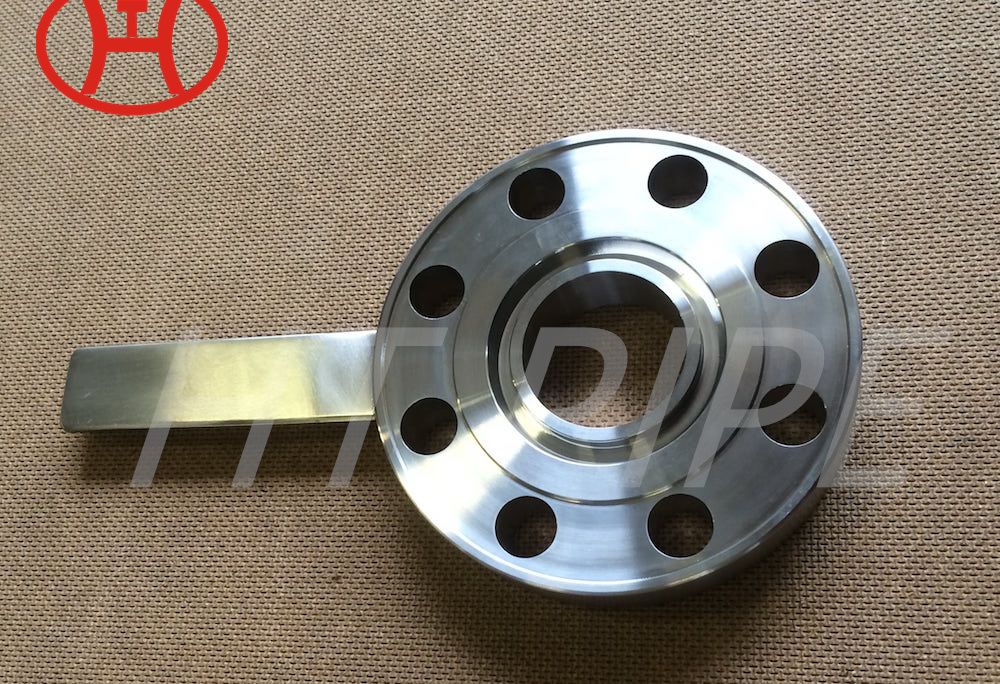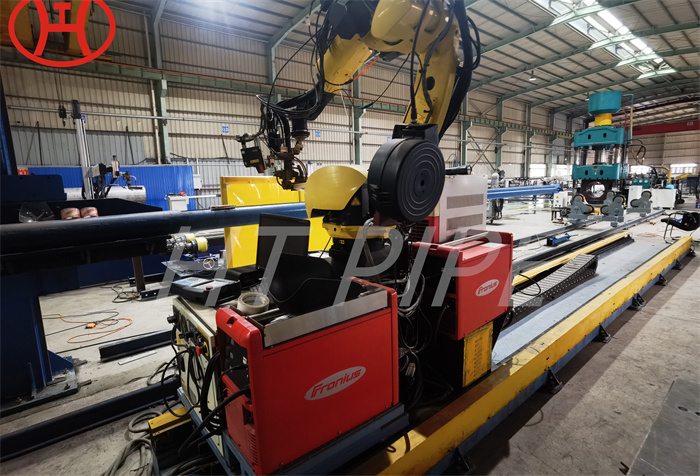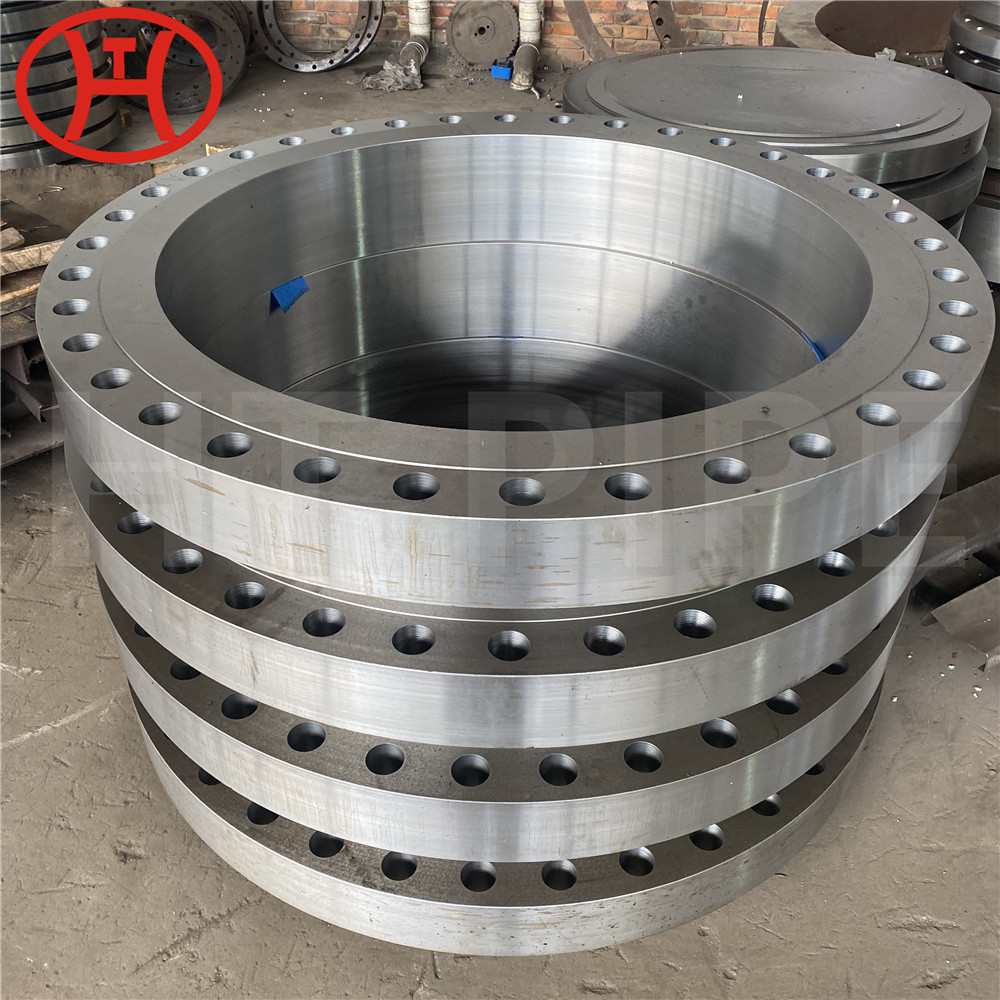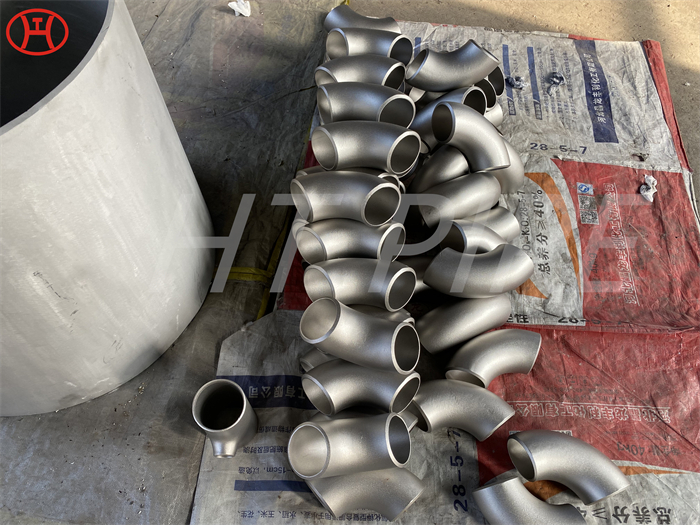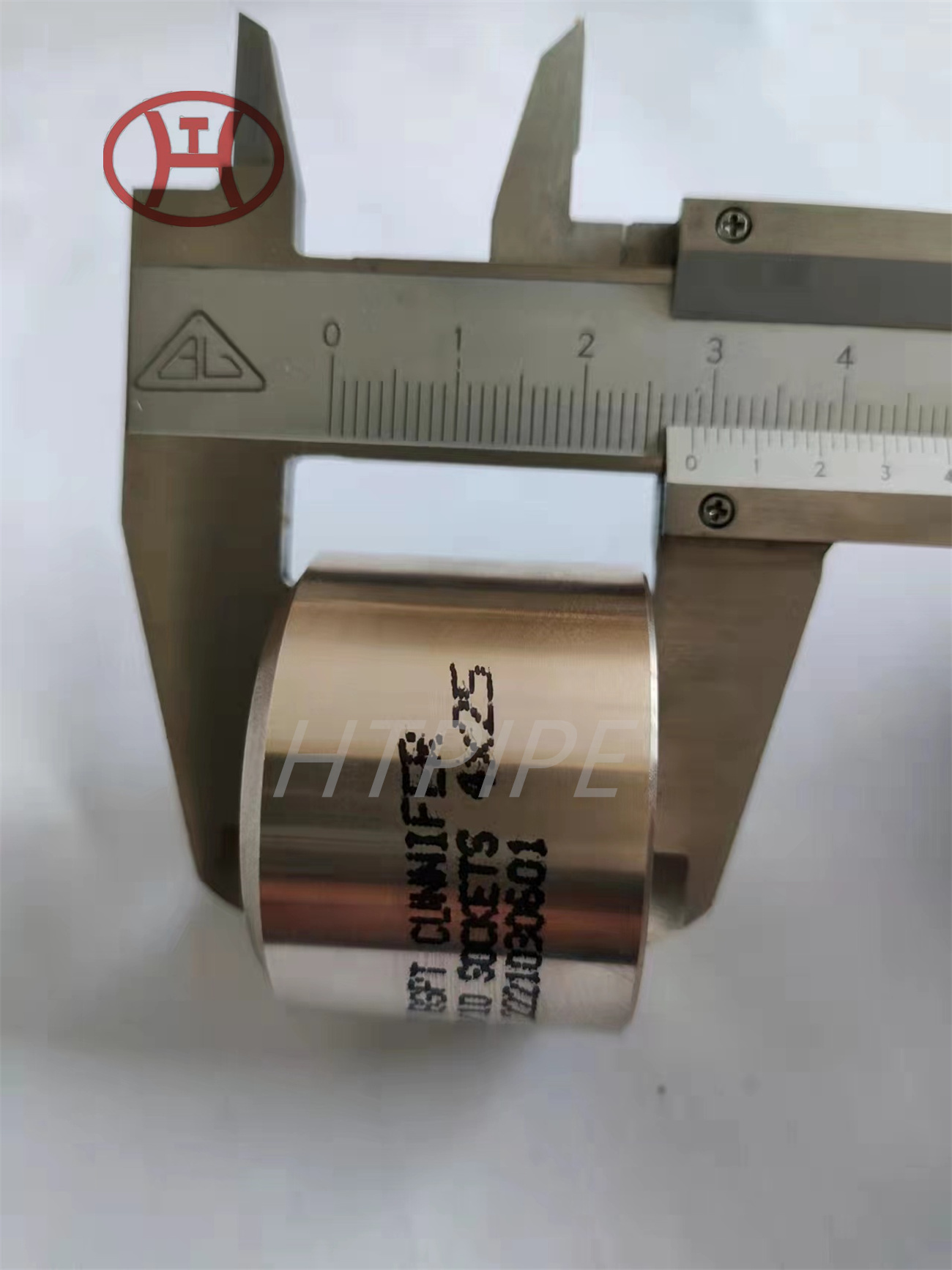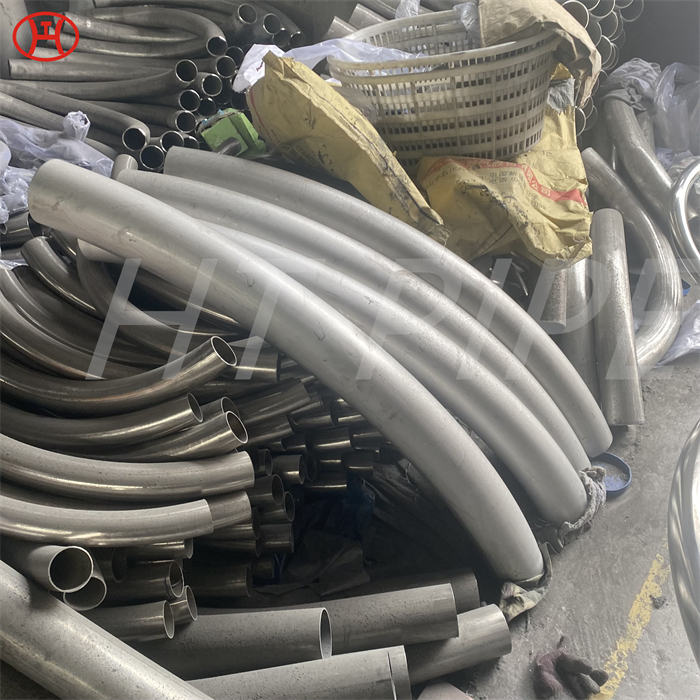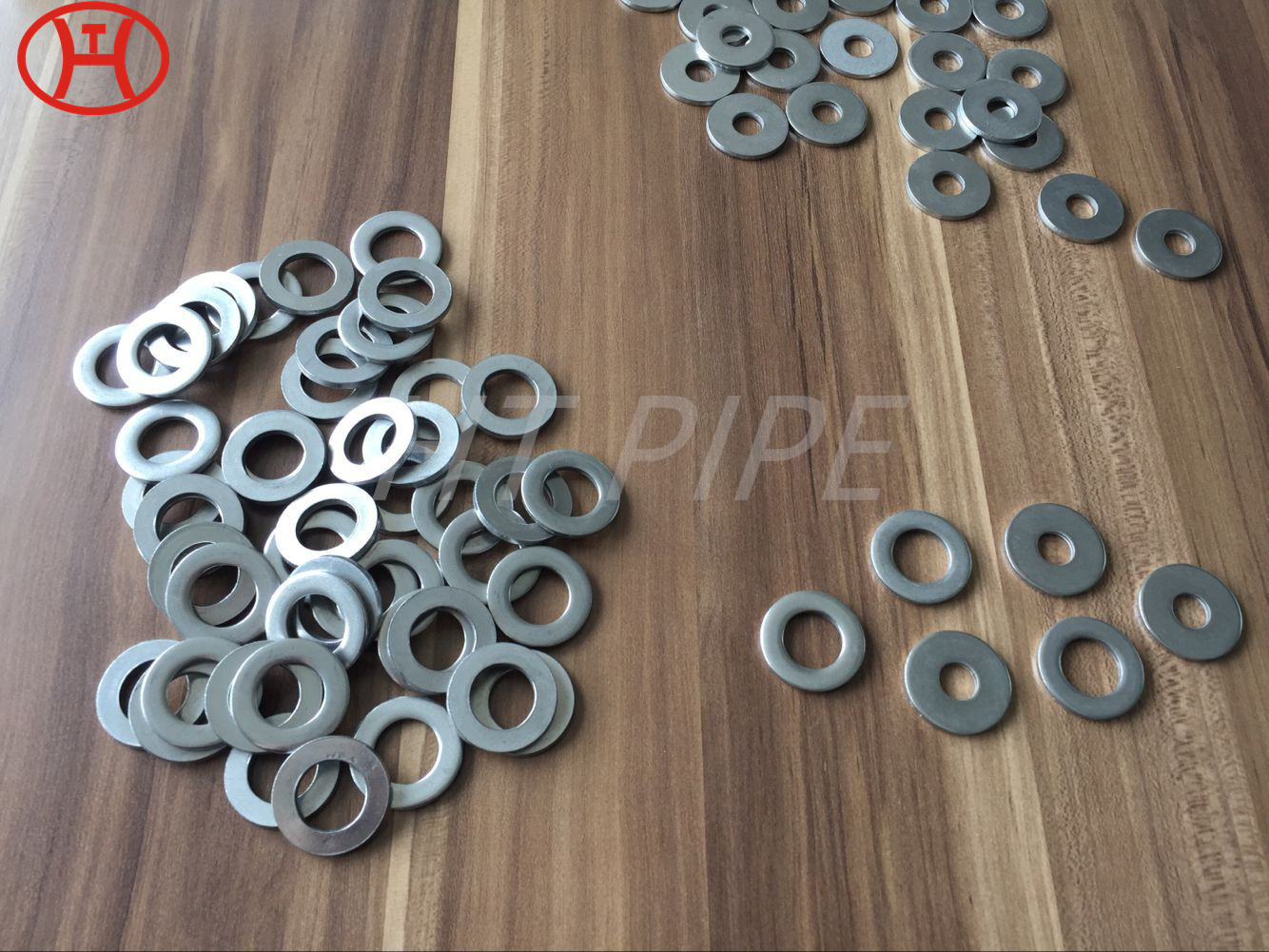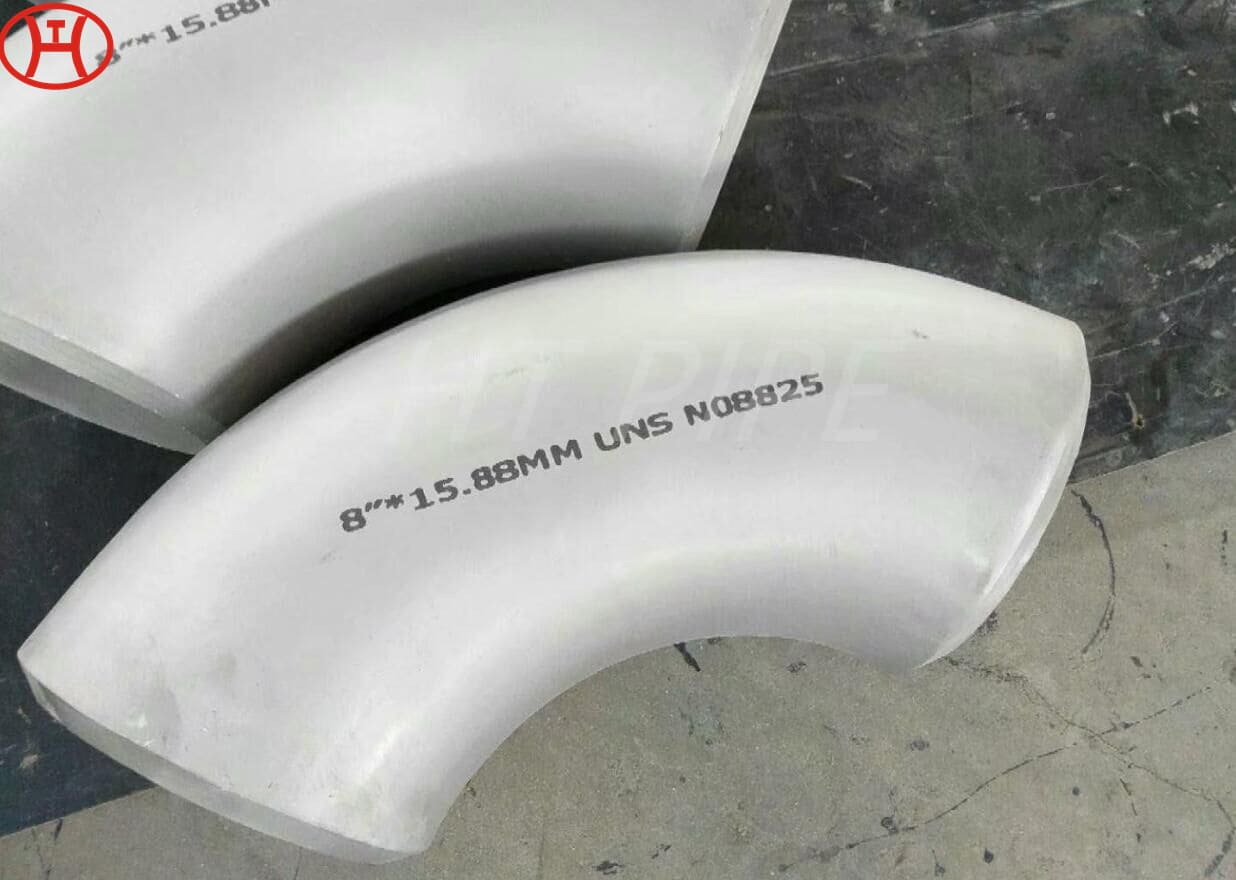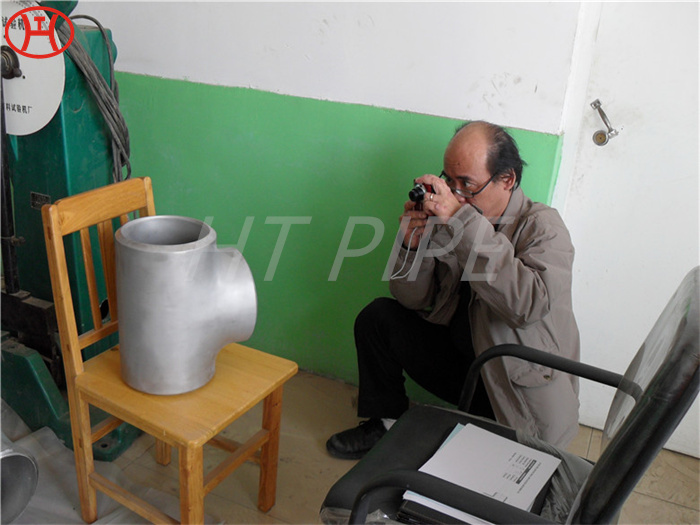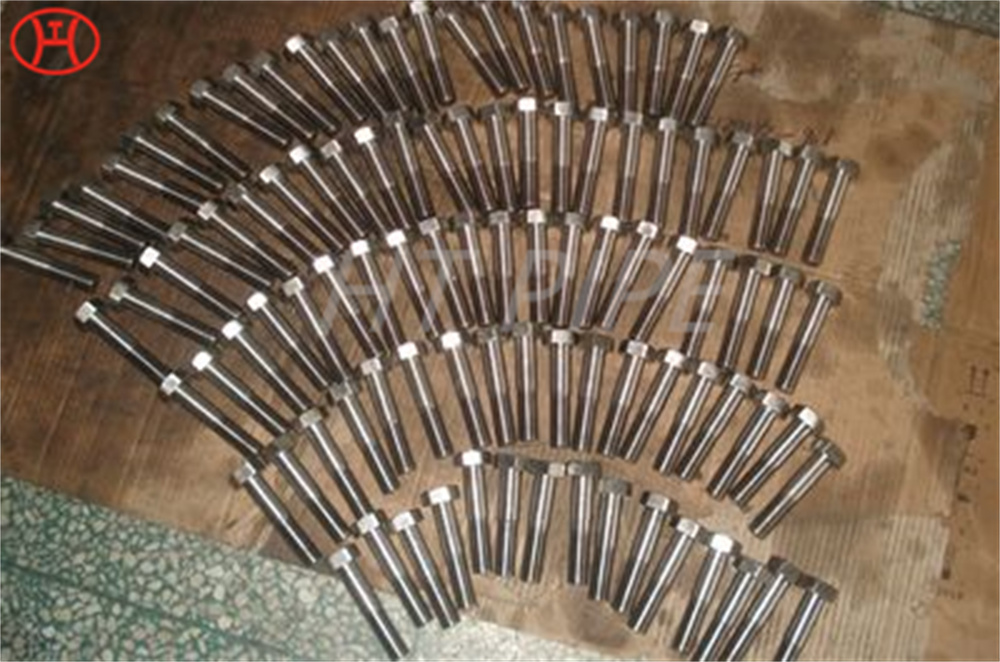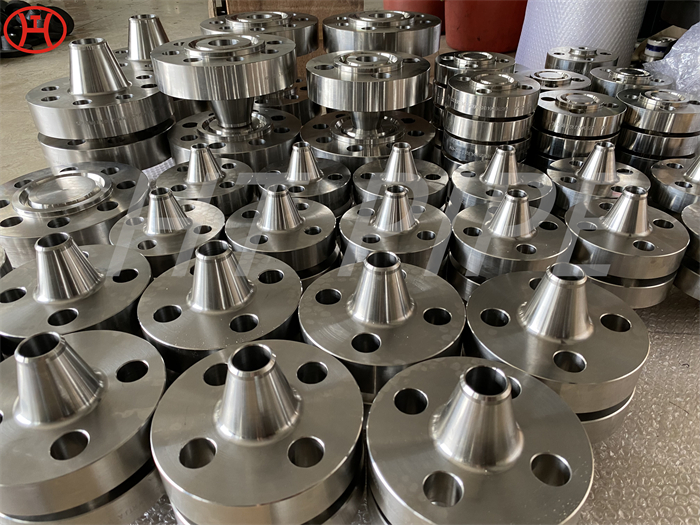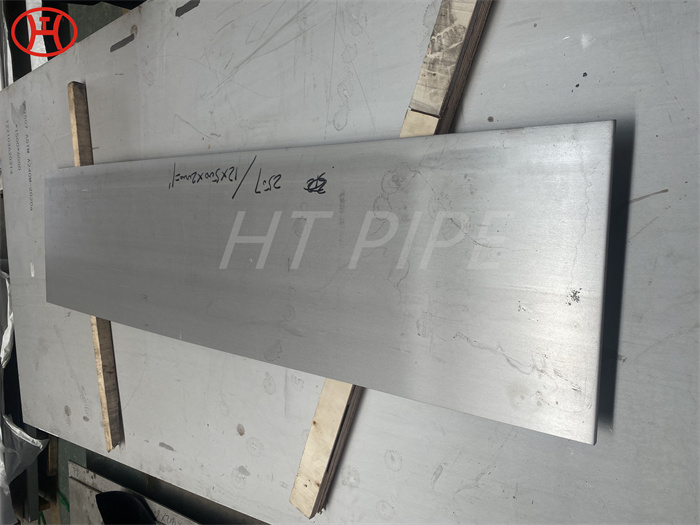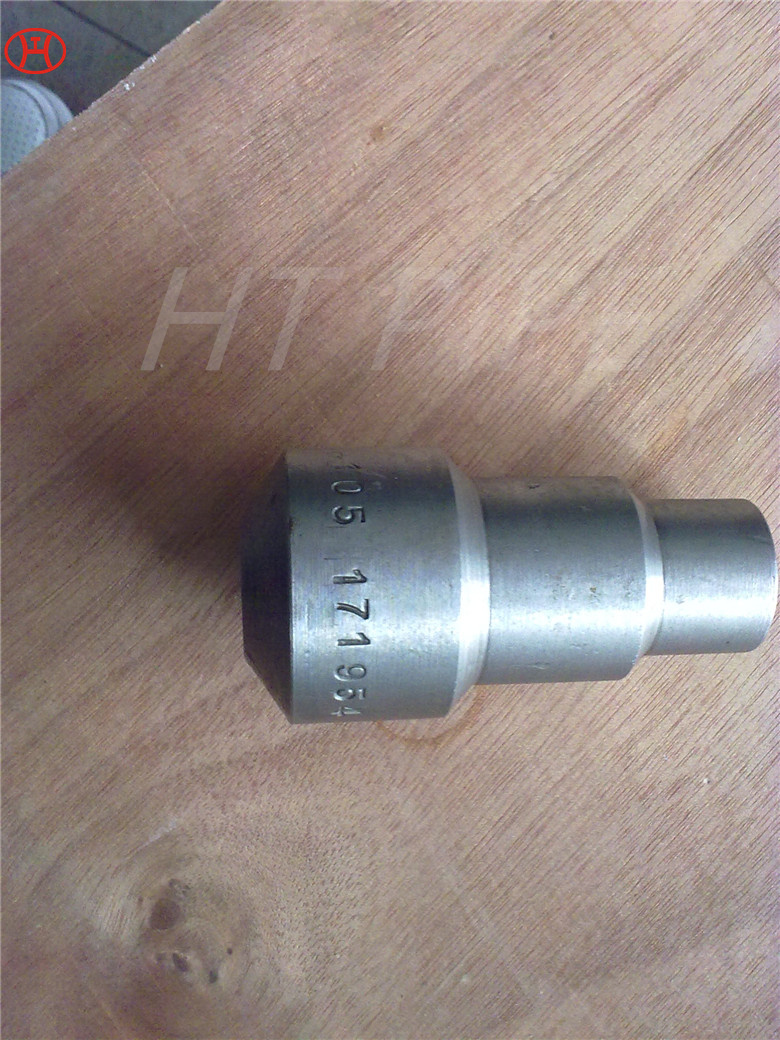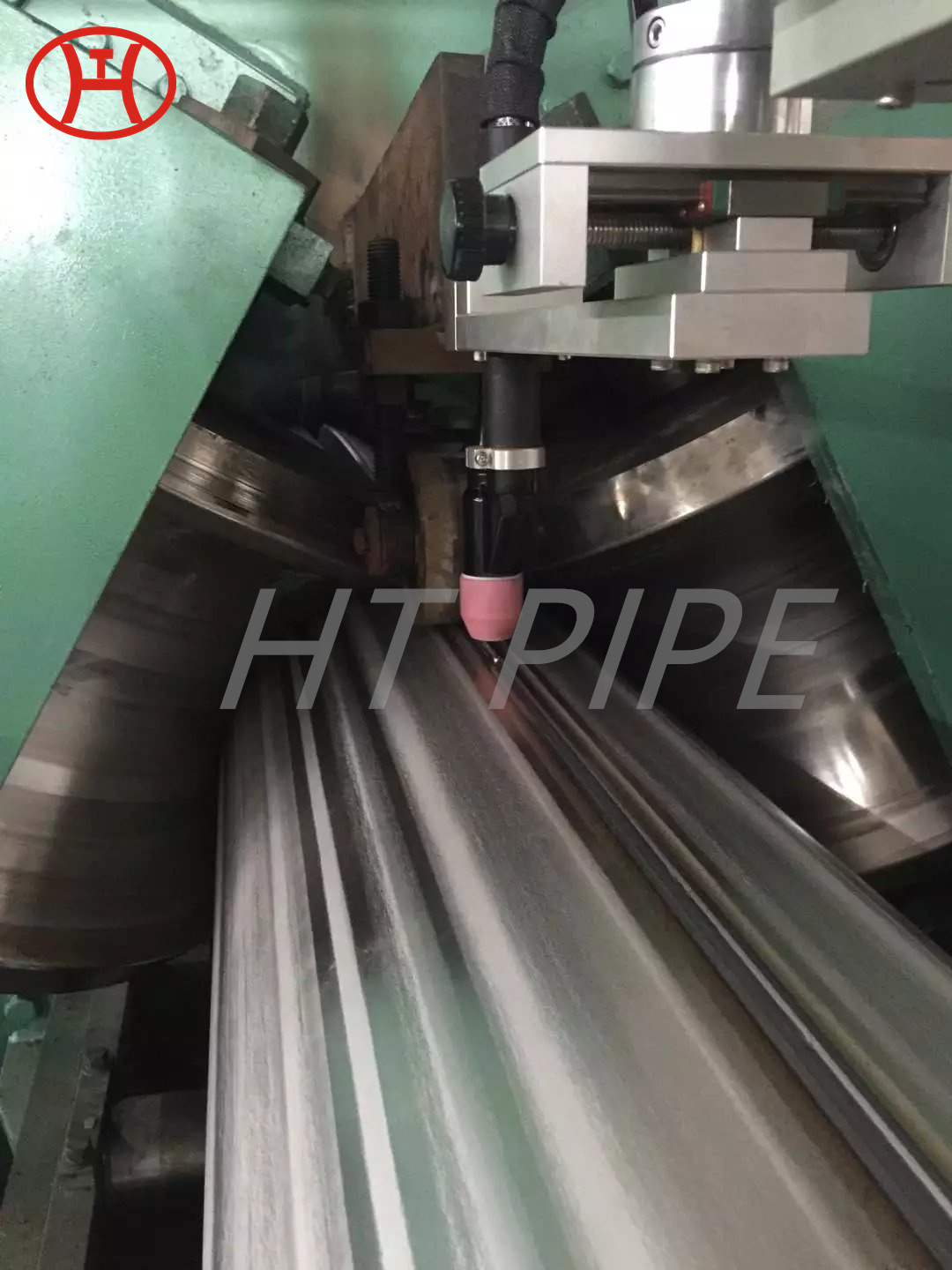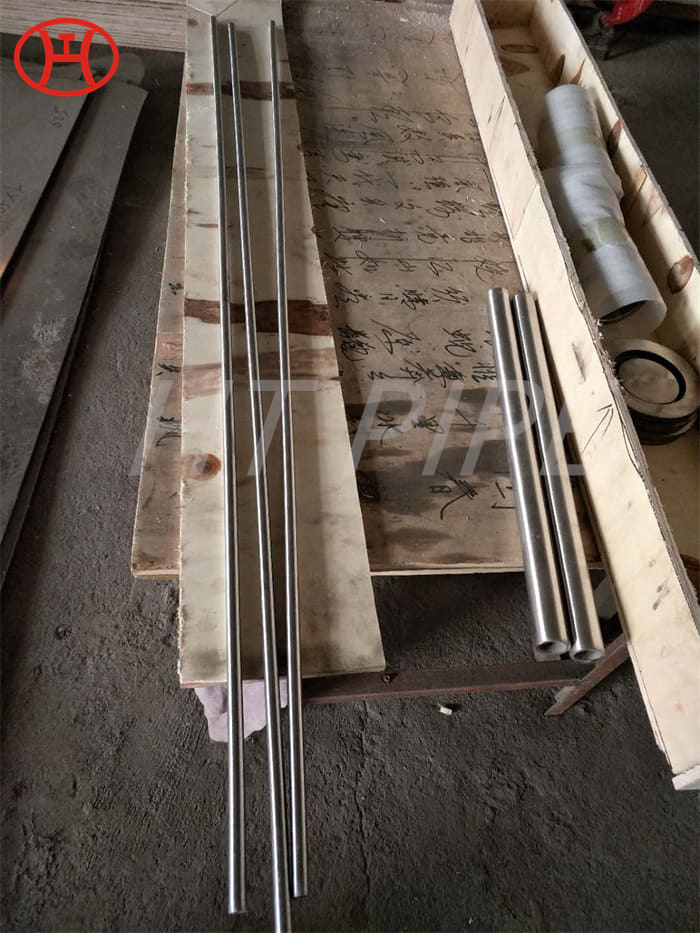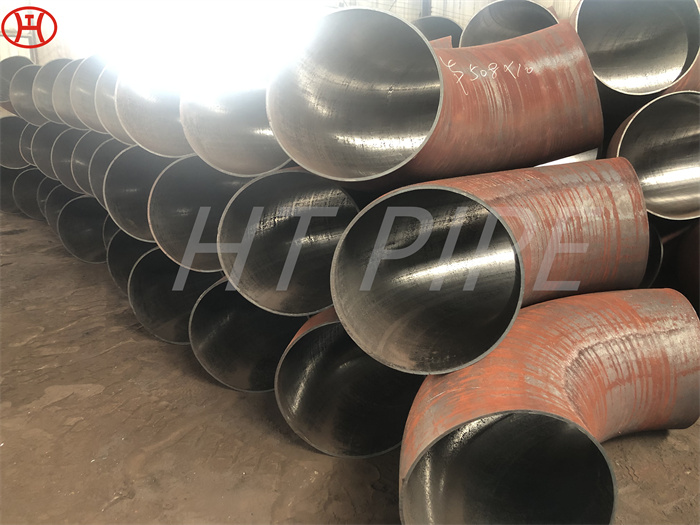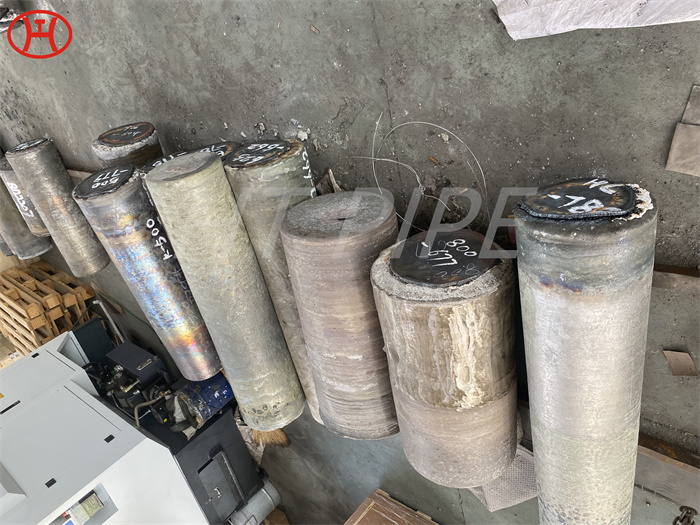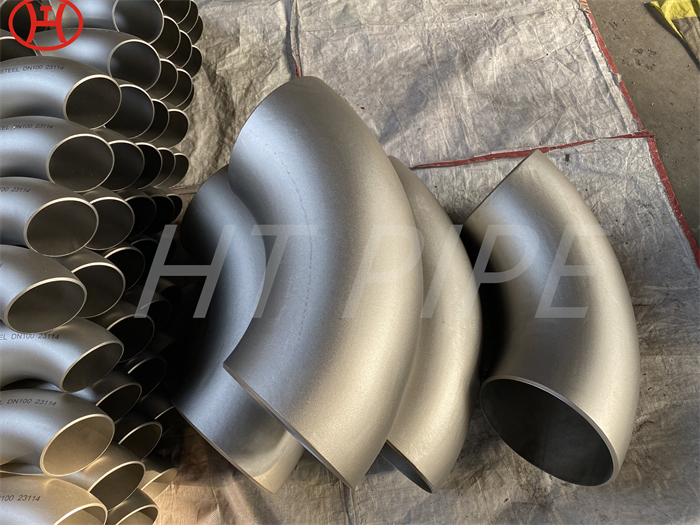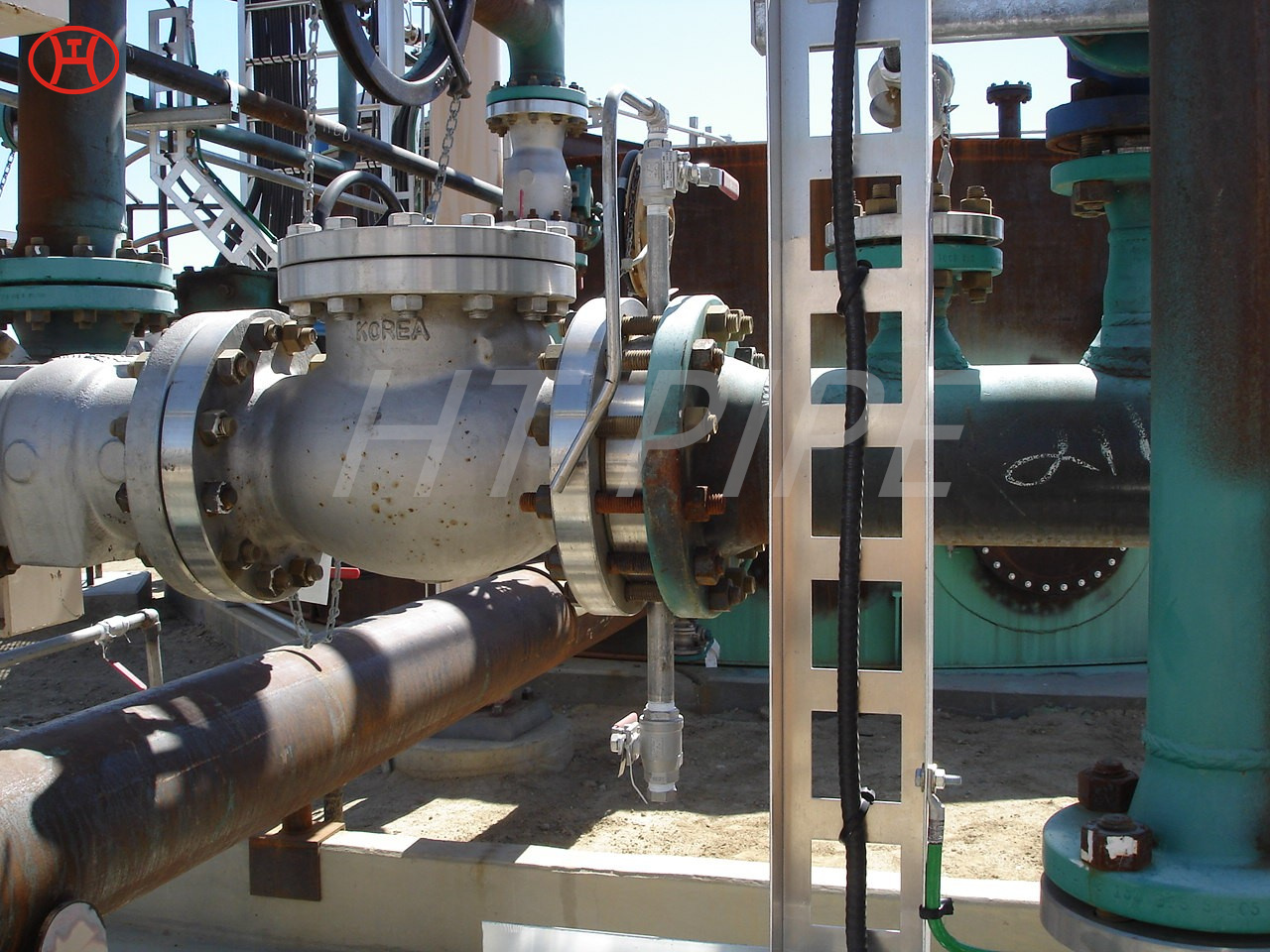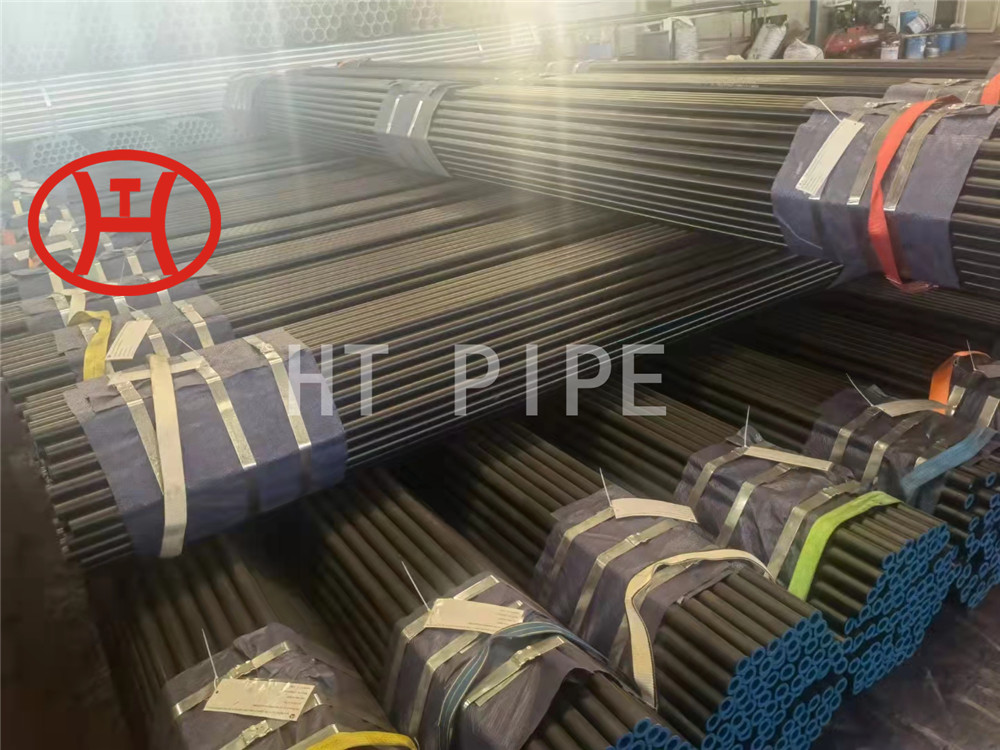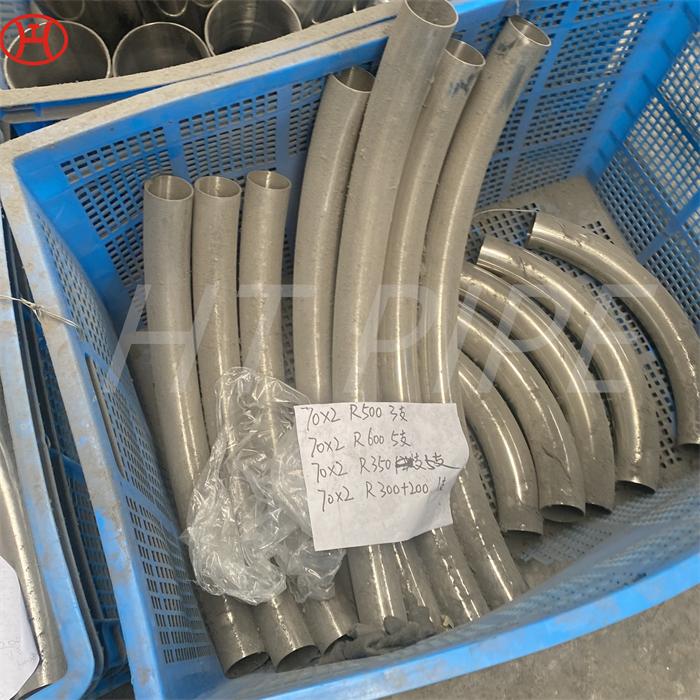304l stainless steel pipe price
Fusion weldability of Type 304l stainless steel is excellent with or without fillers. The recommended filler rod and electrode for use with 304 stainless steel is grade 308 stainless steel. For 304L, the recommended packing is 308L. Heavy welded sections may require post weld annealing. The 304L does not require this step. If post weld heat treatment is not possible, grade 321 can be used.
304l stainless steel pipe is one of the most widely used stainless steel grades. 304l stainless steel pipe has a low carbon content and high chromium and nickel composition. 304l stainless steel pipe is readily drawn and formed, and shows good strength and outstanding corrosion resistance, including protection against intergranular corrosion during welding.
304 stainless is part of the austenitic steel family. One of the disadvantages of austenitic steels is that it cannot be hardened by heat treatment. This aside, 304 is an incredibly versatile stainless steel grade that can be readily drawn and formed. Both hardness and strength can be improved through cold working. It has good ductility in the annealed condition. Additionally, 304l stainless steel pipe demonstrates excellent corrosion resistance given its ultra low carbon makeup.
Stainless steel 304L pipe is one of the stainless steel pipes in the stainless steel material. The 304 stainless steel material has high strength and considerable corrosion resistance. It is cheap than other materials and be more cost-effective to use. Stainless steel 304L pipe is a lower carbon version of the 304 materials. The lower carbon content enables easy welding and reduces localized corrosion. Also, it is tougher and has high wear and tear properties.
CHEMICAL PROPERTIES
| C | MN | P | S | SI | CR | NI | N | |
|---|---|---|---|---|---|---|---|---|
| 304 | 0.08% max | 2% | 0.045% | 0.03% max | 0.75% max | 18 – 20% | 8 – 12% | 0.1% max |
| 304L | 0.03% max | 2% | 0.045% | 0.03% max | 0.75% max | 18 – 20% | 8 – 12% | 0.1% max |
MECHANICAL PROPERTIES
| MECHANICAL PROPERTIES | ||
|---|---|---|
| Metric | Imperial | |
| Tensile Strength, Ultimate | 655 MPa | 95 ksi |
| Tensile Strength, Yield | 290 MPa | 42 ksi |
| Elongation at Break (in 2″) | 55% | 55% |
| Rockwell Hardness | B84 | B84 |

